The legendary Arabian horse stands as a testament to the remarkable intersection of natural selection, human cultivation, and historical necessity. For thousands of years, these elegant equines have been celebrated not just for their distinctive beauty—with their dished faces, high-set tails, and compact frames—but primarily for their seemingly supernatural stamina. The ability of Arabians to travel vast distances across challenging terrain while maintaining both speed and soundness has made them the gold standard in equine endurance worldwide. Their evolution in the harsh Arabian Peninsula, where water was scarce and conditions extreme, forged a breed that could not merely survive but thrive under circumstances that would defeat other horses. This natural endurance, refined through centuries of careful breeding and practical necessity, has created an animal so perfectly adapted to distance work that the very name “Arabian” has become synonymous with endurance itself.
Origins in the Desert Environment
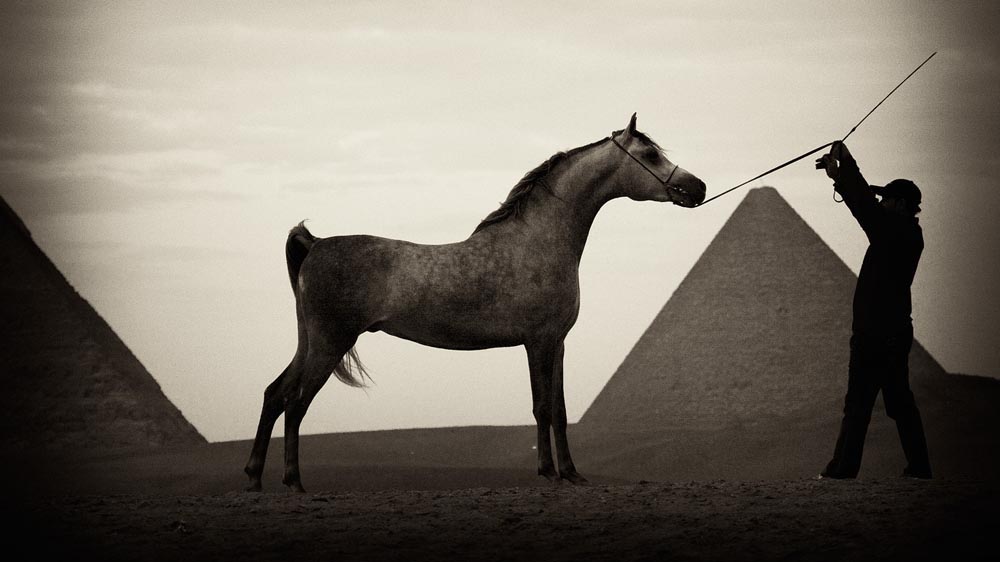
The Arabian horse’s legendary endurance capabilities were initially shaped by the unforgiving environment of the Arabian Peninsula. Evolving in a landscape characterized by extreme temperature fluctuations, limited water access, and sparse vegetation, these horses developed physiological adaptations that would prove invaluable for long-distance travel. Natural selection favored individuals who could cover vast distances between water sources while conserving energy and maintaining physical functionality. Over countless generations, this harsh environment essentially engineered a horse with efficient metabolism, superior heat regulation, and remarkable respiratory capacity. The desert acted as nature’s most stringent testing ground, eliminating weaker specimens and allowing only the most hardy and efficient animals to survive and reproduce.
Bedouin Breeding Practices

The Bedouin tribes of the Arabian Peninsula played a crucial role in refining and preserving the endurance qualities of Arabian horses through their selective breeding practices. These nomadic peoples depended entirely on their horses for survival, using them for raids, escapes, long migrations, and as wealth symbols. Bedouin breeders maintained meticulous oral pedigrees and selected breeding stock based primarily on performance attributes rather than merely aesthetic qualities. Mares that demonstrated exceptional stamina, courage, and the ability to thrive on minimal resources were especially prized and kept within family bloodlines. The Bedouin practice of sharing their own limited food and water with their horses created animals that bonded closely with humans while developing remarkable hardiness. This centuries-old human-directed selection pressure intensified the natural endurance qualities already present from environmental adaptation.
Physiological Adaptations for Endurance
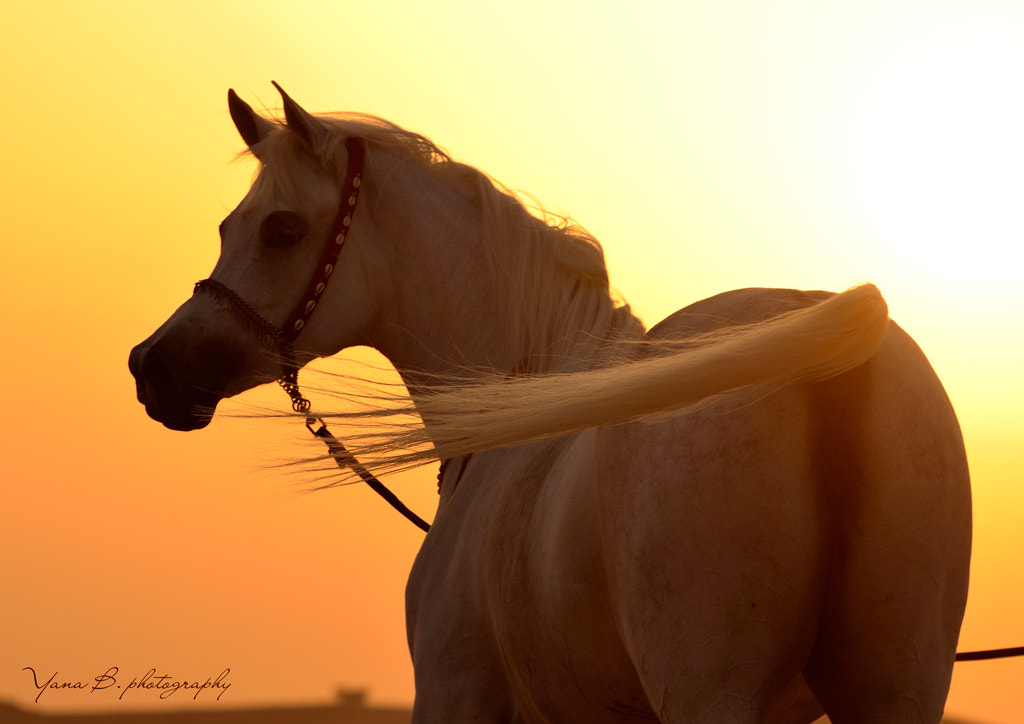
Arabian horses possess specific physiological characteristics that directly contribute to their superior endurance capabilities. Their large heart and lung capacity relative to body size enables more efficient oxygen utilization during extended periods of exertion. The higher density of red blood cells found in Arabians allows for enhanced oxygen-carrying capacity throughout their circulatory system. Their naturally leaner build, with less fat and more efficient muscle composition, creates a better strength-to-weight ratio compared to other breeds. Perhaps most importantly, Arabians demonstrate extraordinary efficiency in thermoregulation, with specialized skin and sweat glands that allow them to cool themselves more effectively than other horses while minimizing water loss. These biological adaptations collectively create an animal naturally engineered for sustained physical output in challenging conditions.
Skeletal Structure and Soundness
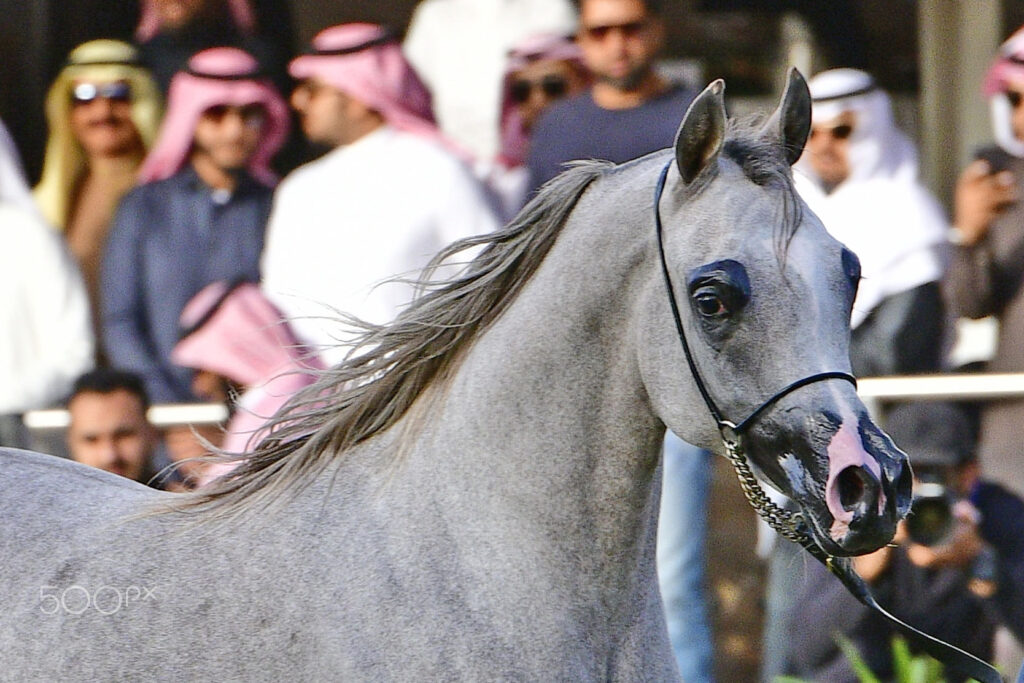
The distinctive skeletal structure of Arabian horses contributes significantly to their endurance capabilities through enhanced soundness during prolonged exercise. Most notably, Arabians possess dense bone structure with proportionally shorter cannon bones and strong, well-set pasterns that absorb concussion effectively during long-distance movement. Their characteristic structure includes one less vertebra in the lumbar region and one less pair of ribs compared to most other horse breeds, creating a shorter, stronger back that better supports a rider over extended periods. The breed typically features clean, flat limbs with well-defined tendons and minimal excess tissue that could contribute to overheating or energy waste. These skeletal attributes combine to create a horse that remains structurally sound even after covering hundreds of miles of difficult terrain, explaining why experienced distance riders often favor Arabians for their career longevity.
Historical Transportation Role
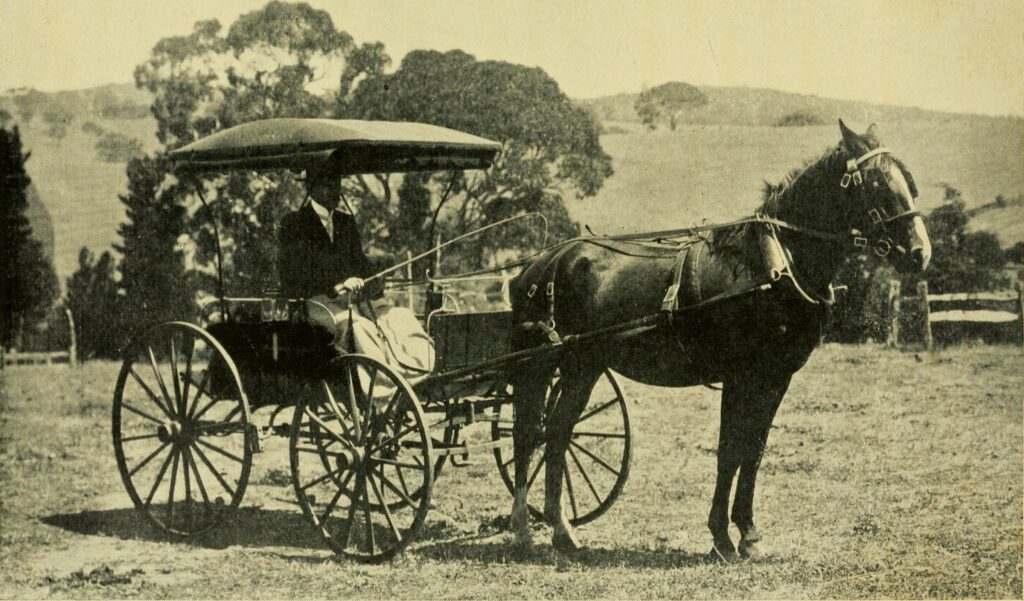
Throughout history, Arabian horses served as the primary means of transportation across vast desert expanses, cementing their reputation as unparalleled endurance animals. These horses routinely carried messengers, traders, and warriors on journeys spanning hundreds of miles through terrain that would have defeated less adapted equines. Historical accounts from travelers along ancient trade routes frequently mention the ability of Arabian horses to maintain pace for days with minimal rest and limited water. Military campaigns across the Middle East and North Africa often succeeded or failed based on the endurance capabilities of their mounted forces, with Arabian horses providing decisive advantages. The breed’s reliability in completing crucial long-distance journeys made them indispensable to the development of trade networks and communication systems across multiple civilizations, embedding their endurance reputation in historical records spanning centuries.
War Horse Heritage
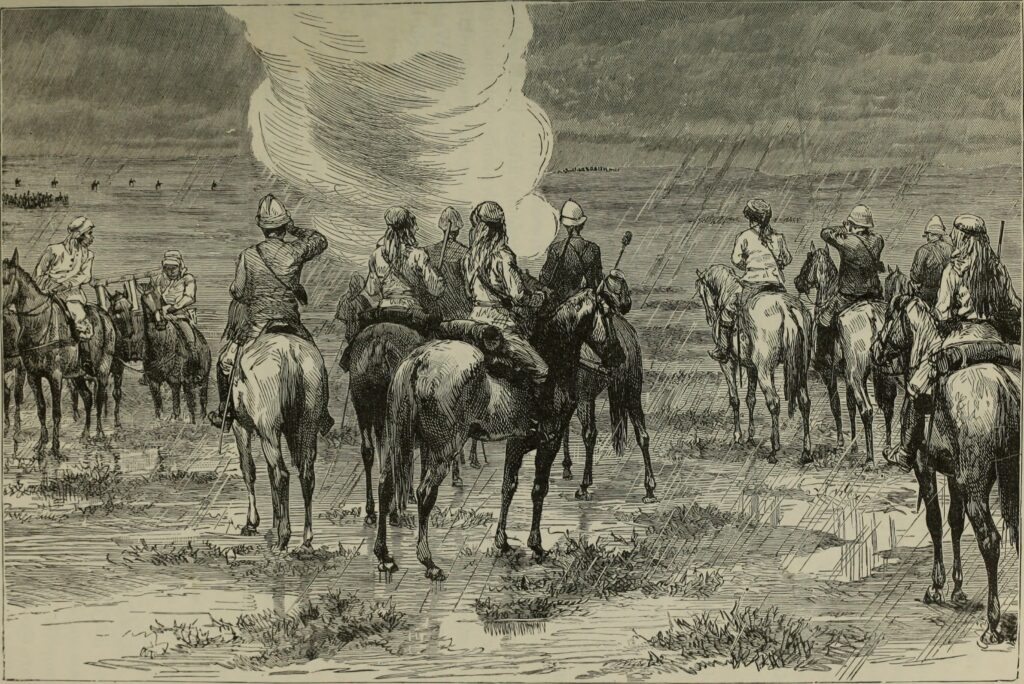
The Arabian horse’s endurance capabilities proved invaluable in warfare, where their stamina often determined battlefield outcomes and shaped military history. Unlike the heavier chargers bred specifically for short bursts of combat power, Arabians could carry riders swiftly into battle and maintain energy through extended conflicts while remaining responsive to commands. Their endurance allowed armies to cover vast distances rapidly, enabling surprise attacks and strategic withdrawals that would have been impossible with less hardy mounts. Islamic military expansions particularly benefited from Arabian horses, whose ability to thrive in harsh conditions supported campaigns across diverse territories. European Crusaders, initially dismissive of the smaller Arabian horses, quickly recognized their superior battlefield endurance and began incorporating them into their own breeding programs. The wartime demands placed on these horses throughout centuries of conflict created additional selection pressure that further refined their already formidable stamina.
Influence on Modern Endurance Sports
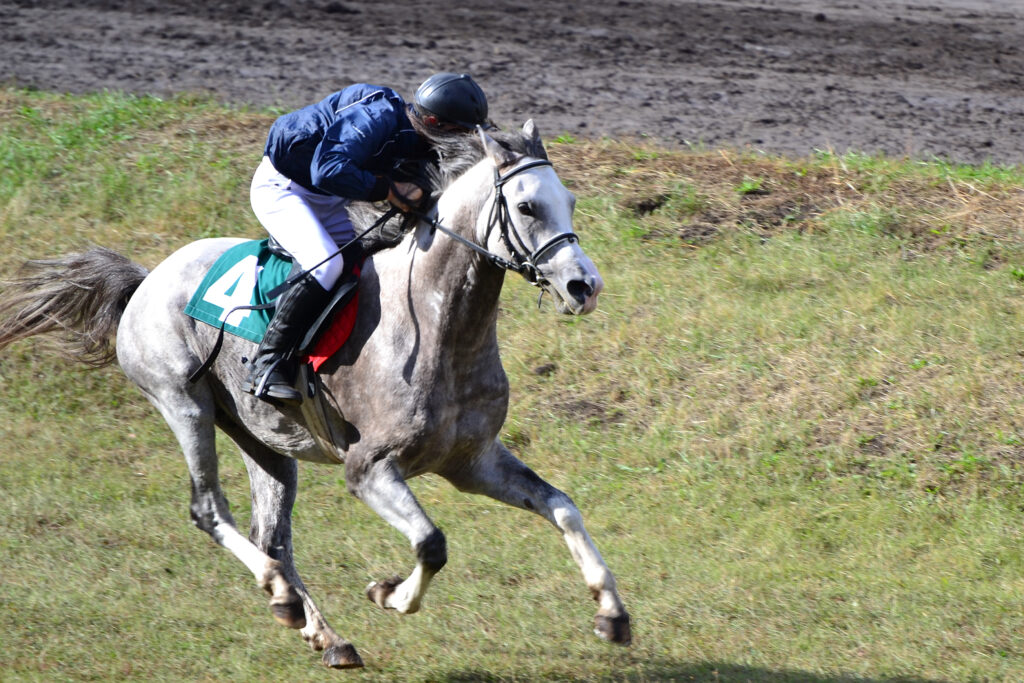
In contemporary equestrian sports, Arabian horses dominate competitive endurance riding, confirming their historic reputation through measurable modern achievements. International endurance competitions, which typically range from 50 to 100 miles completed in a single day, regularly see Arabian horses and Arabian crossbreeds occupying the majority of top finishing positions. The prestigious Tevis Cup, a challenging 100-mile Sierra Nevada mountain trail ride, has been won predominantly by Arabian or part-Arabian horses since its inception in 1955. At the World Equestrian Games and other international championships, teams from around the world overwhelmingly select Arabians as their endurance mounts, regardless of the countries’ native breed traditions. The statistics from these competitions provide empirical validation of the breed’s extraordinary capacity to maintain consistent performance over extreme distances while passing veterinary checks that monitor their physical condition throughout events.
Arabian Influence on Other Endurance Breeds
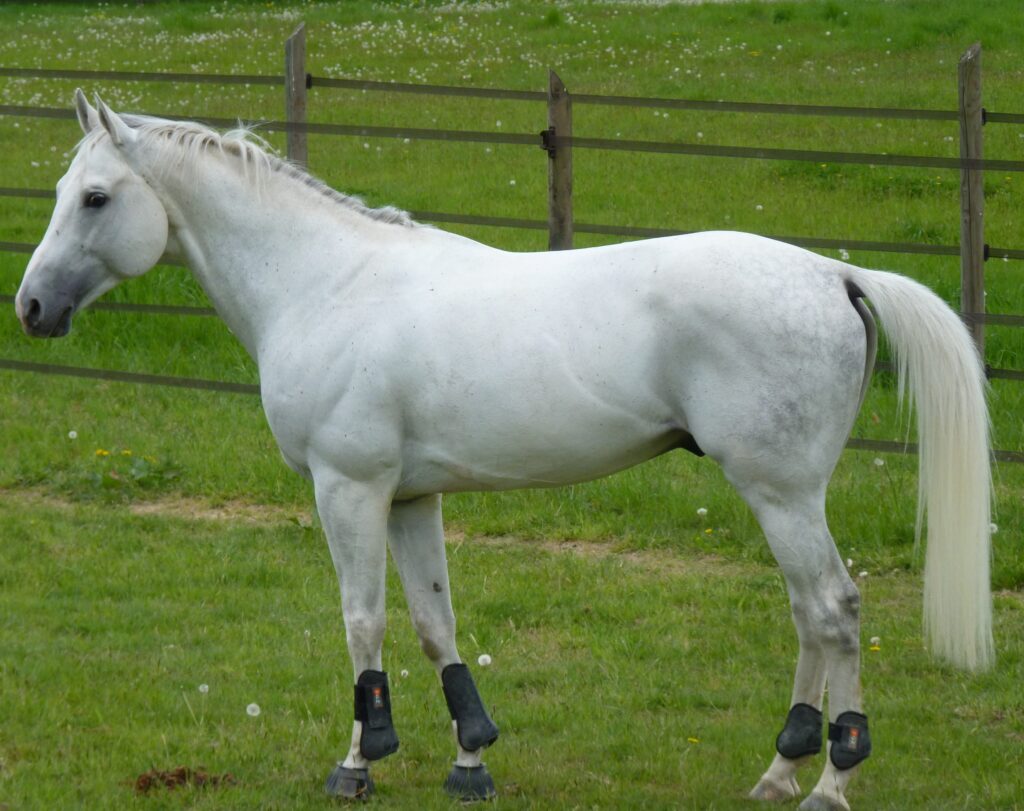
The exceptional endurance qualities of Arabian horses have made their bloodlines highly sought after for improving stamina in other breeds, creating an extensive genetic legacy. Nearly every recognized light horse breed worldwide has incorporated Arabian blood at some point in its development specifically to enhance endurance characteristics. The Thoroughbred, renowned for racing speed, traces back to three foundation Arabian stallions whose influence still manifests in modern racehorses’ capacity to maintain pace over racing distances. The development of specialized endurance breeds like the Shagya Arabian, Anglo-Arabian, and various warmblood sport horses deliberately incorporated Arabian bloodlines to produce animals with enhanced stamina while maintaining other desired traits. Even working breeds like the Quarter Horse and various European warmblood breeds have benefited from Arabian crosses specifically selected to improve their endurance capabilities without sacrificing other characteristics.
Scientific Research on Arabian Endurance
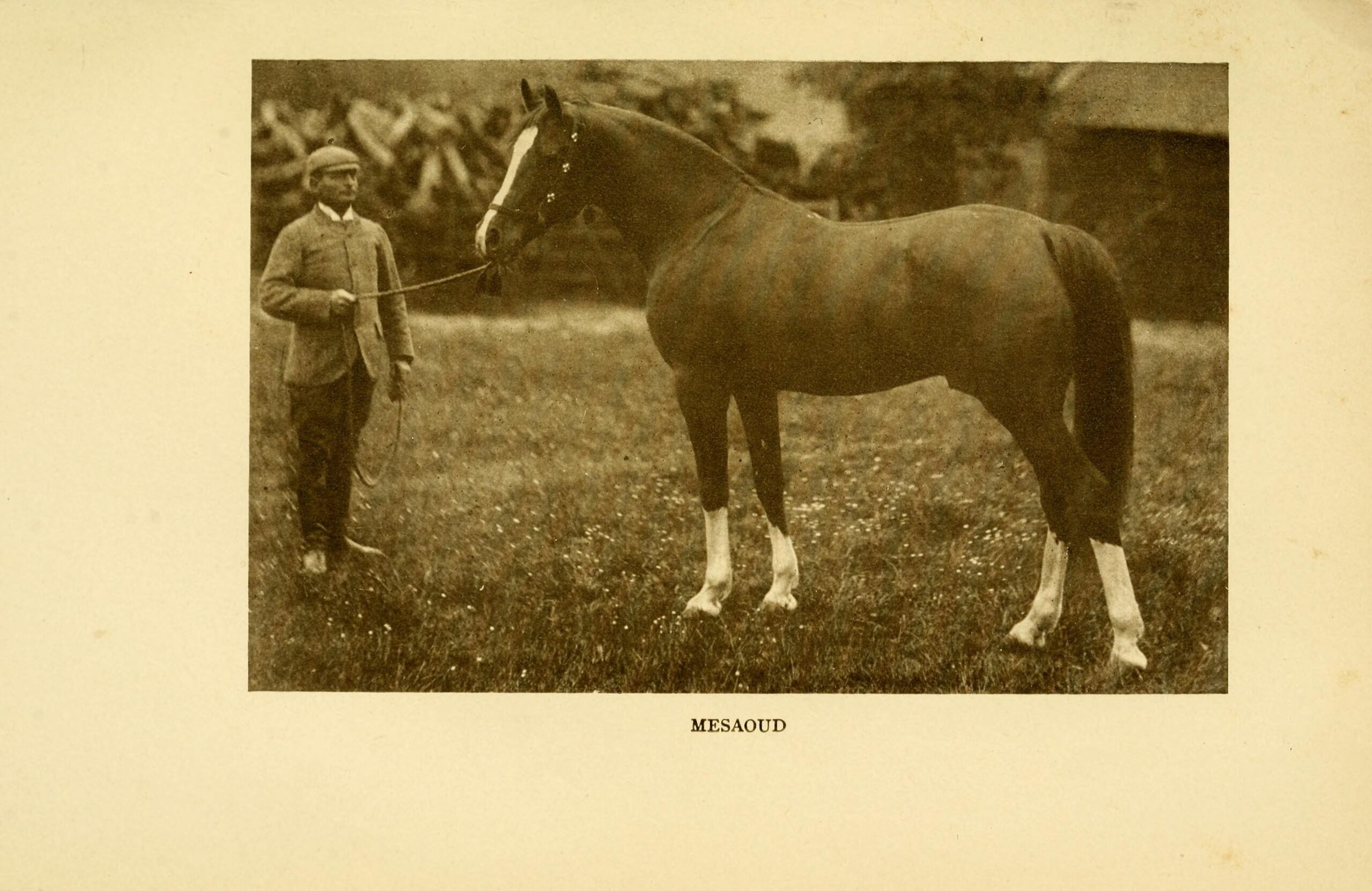
Modern scientific research has begun to uncover the physiological and genetic mechanisms behind the Arabian horse’s remarkable endurance capabilities. Studies examining muscle fiber composition have found that Arabians typically possess a higher percentage of slow-twitch muscle fibers, which support efficient oxygen utilization during extended exercise rather than explosive power. Cardiovascular research has documented their superior recovery rates, with heart rates returning to normal more quickly after exertion compared to other breeds. Recent genetic studies have identified specific gene variants in Arabians associated with enhanced aerobic capacity, efficient metabolism, and superior thermoregulation. Veterinary research into bone density and joint structure has confirmed the exceptional durability of Arabian limbs under repeated stress, providing scientific validation for their traditional reputation for soundness. These scientific findings collectively provide evidence-based support for the breed’s historical endurance reputation and explain why their physical capabilities remain superior even in comparison to modern purpose-bred sport horses.
Cultural Significance in Arabian Heritage

The extraordinary endurance of Arabian horses profoundly shaped the cultural identity of the Arabian Peninsula, creating a rich heritage that celebrates their stamina as much as their beauty. Ancient poems, stories, and songs from the region frequently reference the incredible journeys made possible by these horses, elevating them from mere animals to cultural symbols of freedom and survival. Arab proverbs often equate the endurance of these horses to ideal human virtues, suggesting that a person should strive to demonstrate the same resilience and reliability. Traditional Bedouin ceremonies and celebrations frequently featured demonstrations of the horses’ stamina through extended riding displays that showcased their effortless movement over long periods. Even in modern Arab nations, the Arabian horse remains a potent cultural symbol, appearing on currency, national emblems, and in contemporary art specifically because of their historical association with unmatched endurance.
Training Methods for Distance Work
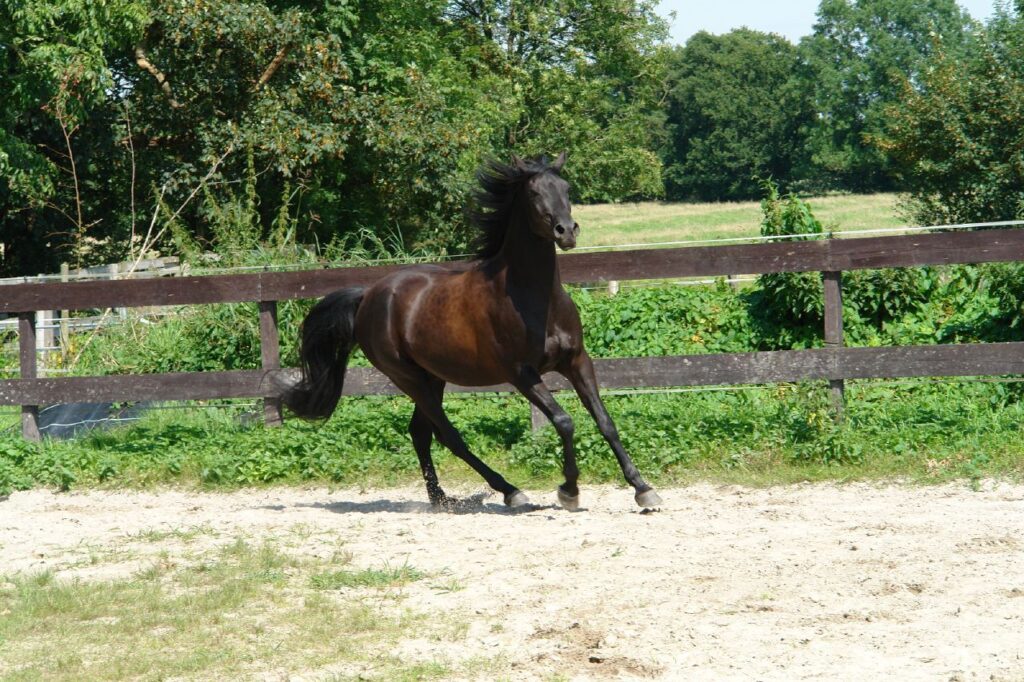
Specialized training approaches have developed to maximize the natural endurance potential of Arabian horses for competitive and utilitarian purposes. Successful conditioning programs typically emphasize gradual development of cardiovascular fitness through progressive distance work rather than speed-focused training. Experienced endurance trainers implement carefully calibrated long, slow distance (LSD) training that builds aerobic capacity without overtaxing joints or tendons, often spending months developing a proper foundation before attempting competitive distances. Particular attention is given to developing proper movement biomechanics that conserve energy over long distances, with riders and trainers working to establish efficient gaits specific to each individual horse. Nutrition protocols for endurance Arabians differ significantly from those used for other performance disciplines, focusing on maximizing slow-release energy sources and electrolyte balance rather than high-energy feeds that might contribute to metabolic issues during extended exertion. These methodical training approaches respect and enhance the Arabian’s natural predisposition toward efficient movement while gradually building the physical conditioning necessary for extreme distances.
Contemporary Challenges to Endurance Qualities
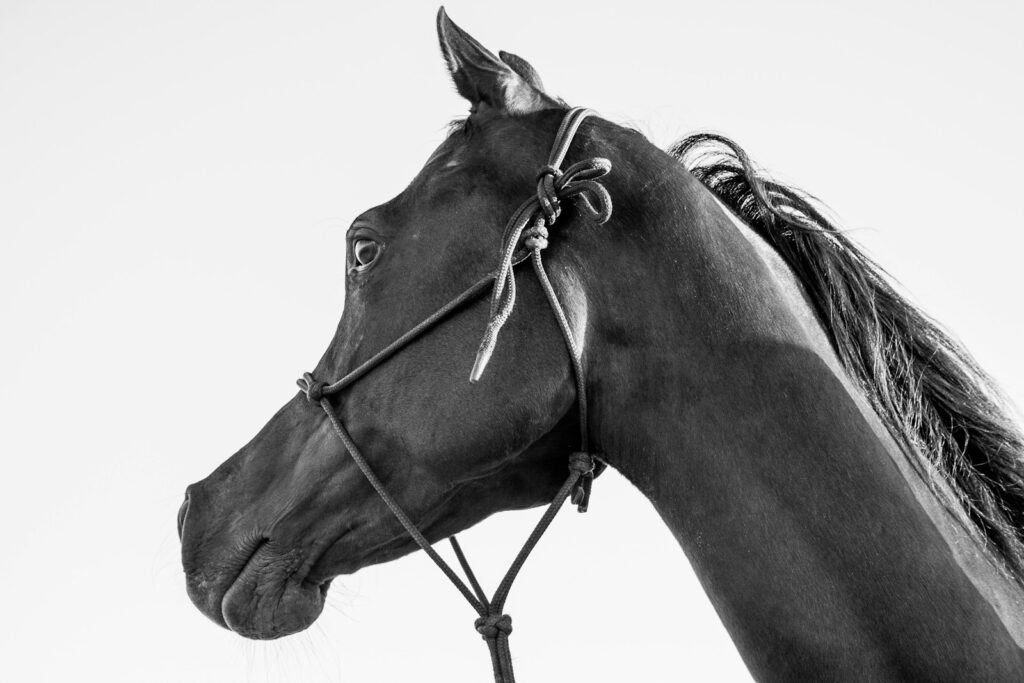
Despite their historical excellence in endurance, modern breeding practices sometimes prioritize other characteristics, potentially compromising the Arabian’s traditional stamina advantages. Show ring standards that emphasize extreme facial profiles, neck set, and animated movement have sometimes diverted breeding selection away from the functional traits that originally defined the breed. The segmentation of Arabian breeding into specialized “types” has created populations selected primarily for halter competition or specific riding disciplines, sometimes at the expense of all-around hardiness and endurance capability. Modern competitive endurance racing has introduced its own selection pressures, occasionally favoring horses with exceptional early speed over those with traditional Arabian attributes of consistent performance and rapid recovery. Conservation efforts by dedicated breeders focus on preserving bloodlines that maintain the historical endurance characteristics, with some programs specifically testing breeding stock through performance requirements before inclusion in breeding programs. These preservation initiatives remain crucial for ensuring that the Arabian horse retains the extraordinary stamina that has defined the breed for millennia.
Global Impact on Equestrian Culture
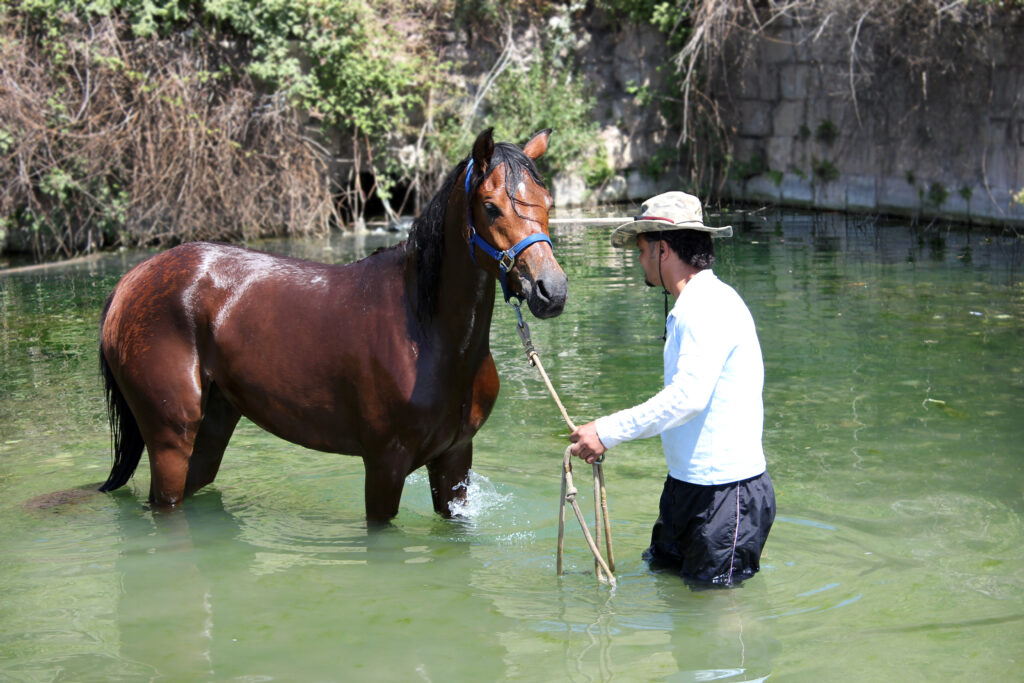
The Arabian horse’s endurance capabilities have influenced equestrian traditions and practices worldwide, extending far beyond their desert origins. Their introduction to European horse culture fundamentally transformed breeding objectives across the continent, shifting focus from heavy warhorses toward more versatile, stamina-oriented types. In North America, Arabian endurance traits significantly contributed to the development of cavalry mounts and later to the creation of the distinctly American long-distance competitive trail riding tradition. The international spread of endurance riding as a recognized equestrian sport grew directly from demonstrations of Arabian horses’ remarkable stamina capabilities. Modern horsemanship principles regarding conditioning, nutrition, and care for performance horses frequently derive from traditional practices developed specifically for maintaining Arabian horses during extended journeys. This global influence extends beyond competitive riding into broader equine welfare concepts, with the Arabian’s natural hardiness establishing benchmarks for sustainable performance that benefit horses of all breeds.
Conclusion
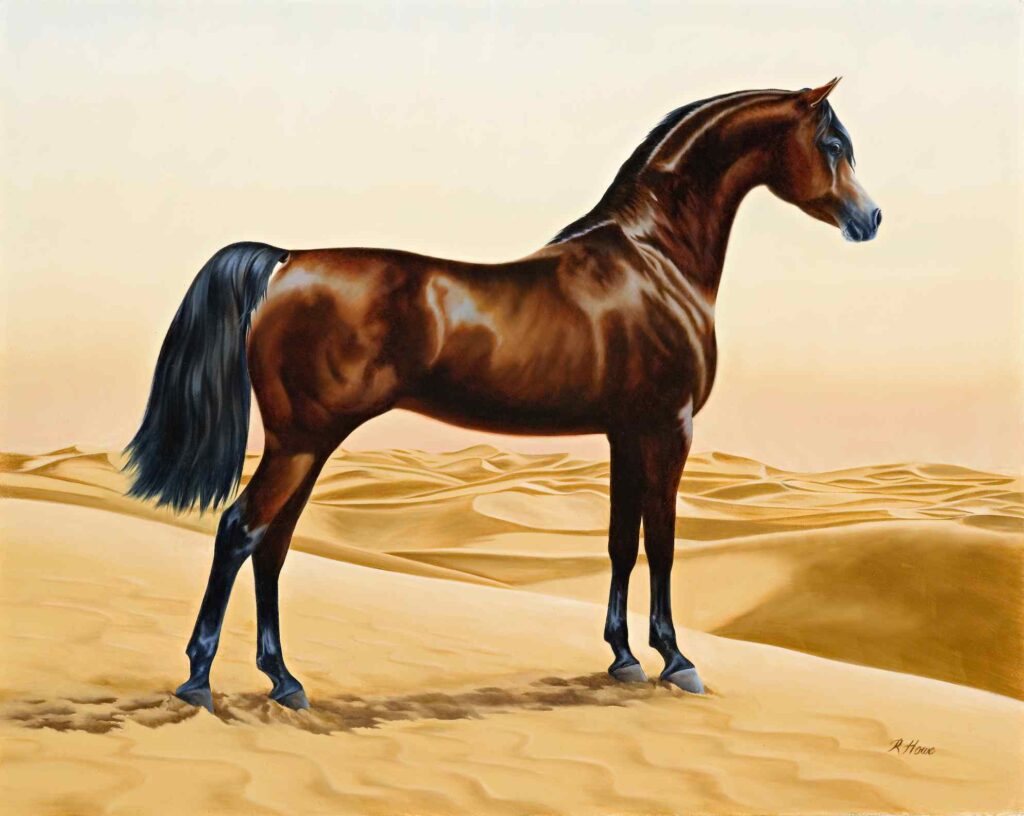
The synonymous relationship between Arabian horses and endurance represents one of the most successful examples of purpose-driven breeding in domesticated animals. Forged initially by the demands of survival in one of earth’s most challenging environments and refined through centuries of careful human selection, the Arabian’s capacity for sustained performance under difficult conditions remains unmatched in the equine world. Their physical attributes—from cardiovascular efficiency to skeletal structure—work in concert to create an animal uniquely suited for distance work. Beyond their physical capabilities, the cultural significance and historical impact of these horses have established them as living embodiments of endurance itself. As modern equestrians continue to test the limits of equine performance, the Arabian horse stands as nature’s endurance specialist, their stamina no longer just a survival adaptation but a celebrated capability that defines both a breed and a benchmark for what horses can achieve.







